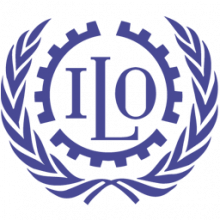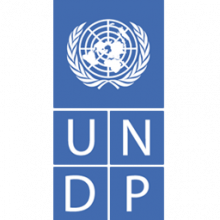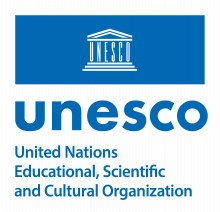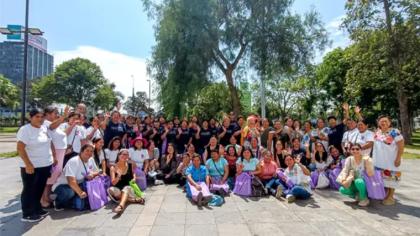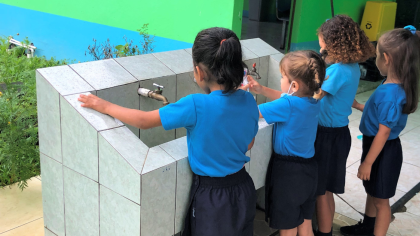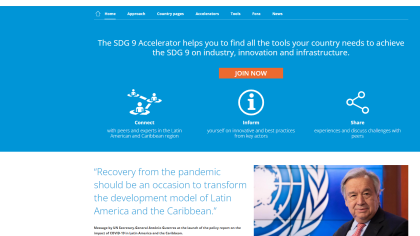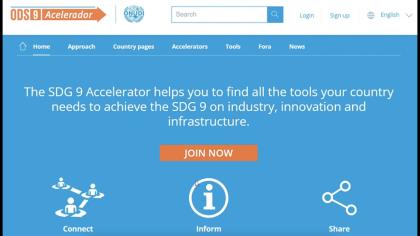
Description
Goal 9 seeks to build resilient infrastructure, promote sustainable industrialization and foster innovation.
Economic growth, social development and climate action are heavily dependent on investments in infrastructure, sustainable industrial development and technological progress. In the face of a rapidly changing global economic landscape and increasing inequalities, sustained growth must include industrialization that first of all, makes opportunities accessible to all people, and second, is supported by innovation and resilient infrastructure.
Even before the outbreak of the COVID-19 pandemic, global manufacturing – considered an engine of overall economic growth – has been steadily declining due to tariffs and trade tensions. The manufacturing decline caused by the pandemic has further caused serious impacts on the global economy.


